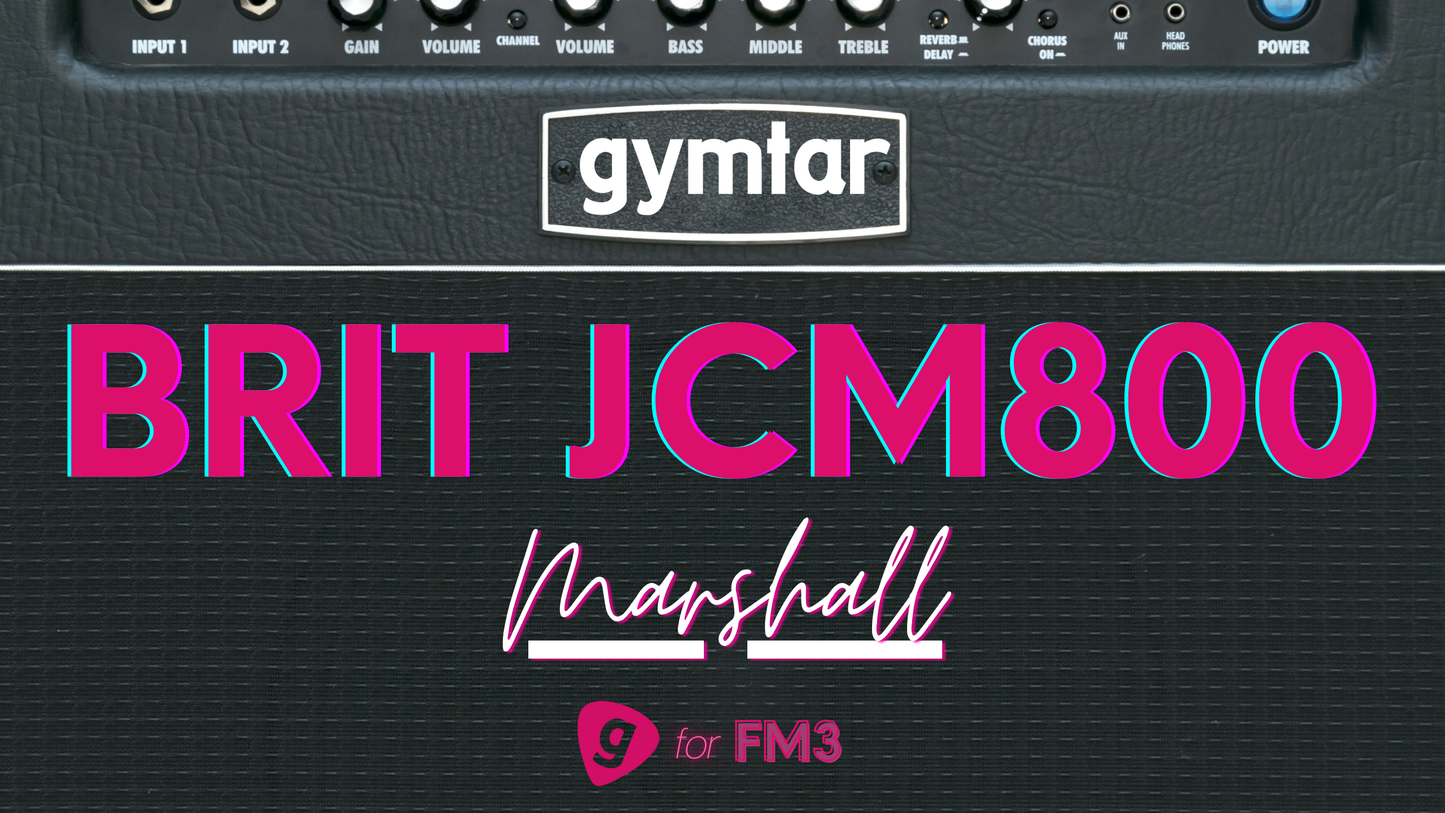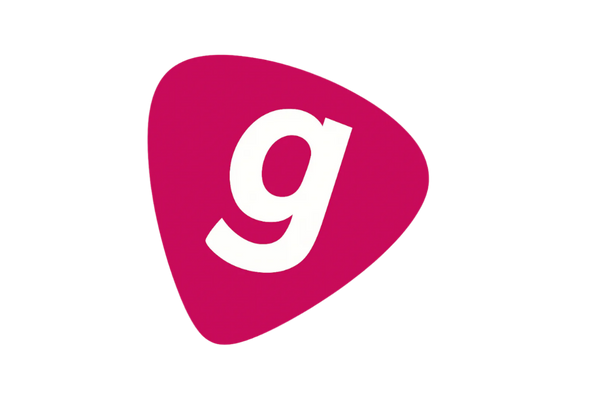Gymtar
FM3/FM9/AXE-FX III Patch based on Marshall JCM800 (Brit JCM800)
FM3/FM9/AXE-FX III Patch based on Marshall JCM800 (Brit JCM800)
Couldn't load pickup availability
FM3/FM9/AXE-FX III Patch based on Marshall JCM800 (Brit JCM800)
The JCM800 was introduced in 1981, during a pivotal time in music history. The late '70s had seen the rise of punk and the birth of heavy metal. Guitarists were pushing the limits of amplification, looking for more gain, more aggression, and more bite. Marshall, a company already legendary for its earlier Plexi and Super Lead amps, responded with a design that captured the fiery spirit of the new decade.
The name "JCM800" comes from Jim Charles Marshall's initials — J.C.M. — and 800 was simply the next number in the series. But over time, the name itself became a symbol of a new era of tone.
At its core, the JCM800 is a tube-driven, all-valve amplifier. It typically uses EL34 tubes in the power section (in most UK versions), and 12AX7s in the preamp, giving it a signature British midrange growl and aggressive top-end.
There were two primary variants:
- 2203: A 100-watt head with a single input and a master volume, which was somewhat revolutionary at the time. This allowed players to get high-gain tones at more manageable volumes.
- 2204: A similar design, but rated at 50 watts, offering slightly earlier breakup and compression due to the lower headroom.
Other variations followed, some with two channels, but purists often praise the single-channel versions for their purity and raw character.
The JCM800 became known for its tight, punchy distortion, especially when pushed with a boost or overdrive pedal. Unlike some modern high-gain amps, it doesn't do all the work for you — it responds directly to how you play. Pick lightly, and it cleans up; dig in, and it roars. Its harmonic richness and cutting clarity made it a go-to for lead guitarists who wanted their solos to scream through the mix.
The amp has very little in the way of built-in effects — no reverb, no built-in distortion channels (beyond its natural overdrive). That minimalist approach is part of its charm. It’s raw and honest, relying on the player's technique and touch to shine.
The list of artists who’ve used the JCM800 reads like a hall of fame: Slash, Zakk Wylde, Kerry King, Tom Morello, and countless others. It was the amp behind many of the most iconic hard rock and metal records of the 1980s and beyond.
In particular, thrash and speed metal bands embraced the amp’s clarity and punch, often pairing it with pedals like the Tube Screamer or Boss SD-1 for even more bite and saturation.
Marshall reissued the 2203 model as part of their Vintage Reissue Series, remaining faithful to the original design. Modern versions offer slight updates, like effects loops, but preserve the tone and spirit that made the amp a classic.
Today, boutique builders and digital modelers alike still look to the JCM800 as a reference point. Its voice is encoded in amp sims, plugins, and profiling amps across the world — a testament to its timeless sound with its no-nonsense controls, roaring tone, and legendary status. Try our inspired Pro Patch at Gymtar!
SCENE 1: OD 1 GREEN (GREAT FOR CRUNCH RHYTHM)
SCENE 2: OD 1 ORANGE (IDEAL FOR ROCK RIFFS WITH A TYPICAL BRITISH TONE)
SCENE 3: OD 2 ORANGE (IDEAL FOR ROCK RIFFS BUT WITH A MORE SCOOPED AND TIGHT TONE)
SCENE 4: OD 2 RED (PLENTY OF GAIN AND GREAT FOR SOLOING)
Effects : wah, phaser, flanger, delay, reverb
Share



